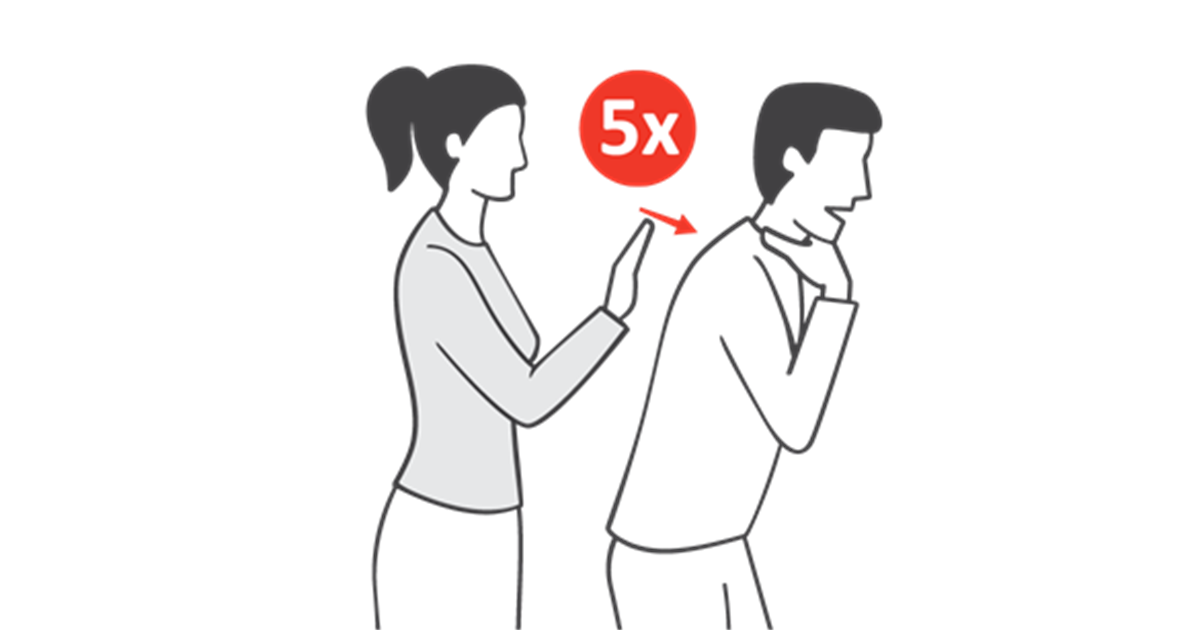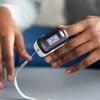- Empty cart.
- Continue Shopping
How to Administer Basic First Aid for Choking

Choking is a critical emergency that requires immediate intervention. Knowing how to administer basic first aid for choking can make a life-saving difference. We will walk you through the steps to effectively respond to a choking victim.
Step 1: Assess the Situation
Remain Calm and Alert
Maintain a calm demeanor and quickly assess the situation. Determine if the victim is truly choking by observing signs like gasping for air, inability to speak, and a distressed look on their face.
Step 2: Encourage Coughing
Offer Verbal Support
Encourage the victim to cough forcefully. This may help dislodge the obstructing object. Reassure them that you are there to assist.
Step 3: Perform the Heimlich Maneuver (For Conscious Adults and Children)
Stand Behind the Victim
Position yourself slightly behind and to the side of the victim. Place one foot slightly ahead of the other for stability.
Make a Fist
Form a fist with one hand and position the thumb side against the middle of the victim’s abdomen, just above the navel.
Grasp with the Other Hand
Grasp your fist with your other hand and provide quick, upward thrusts into the abdomen. The thrusts should be forceful but not violent.
Continue Until the Object is Dislodged
Repeat the thrusts until the object is expelled and the victim can breathe or cough on their own.
Step 4: Perform Back Blows and Abdominal Thrusts (For Unconscious Victims or Infants)
For Unconscious Adults and Children
- Lay the victim on their back on a firm surface.
- Straddle their thighs and kneel beside them.
- Place the heel of one hand on the middle of their abdomen, just above the navel.
- Place your other hand on top and interlock your fingers.
- Perform quick, upward thrusts.
For Infants
- Hold the infant face down on your forearm, supporting their head and jaw with your hand.
- Give up to five quick, firm blows between the shoulder blades with the heel of your hand.
Alternate Between Back Blows and Chest Thrusts
Continue alternating between back blows and chest thrusts until the object is dislodged or until the victim starts breathing.
Step 5: If Unsuccessful, Call for Emergency Help
If the victim remains in distress or loses consciousness, call for emergency medical assistance immediately.
Step 6: Provide CPR (For Unconscious Victims)
Begin CPR
If the victim becomes unconscious, begin CPR. Perform cycles of chest compressions and rescue breaths until help arrives.
Conclusion
Being prepared to administer basic first aid for choking can mean the difference between life and death. Remember to remain calm, assess the situation, and act swiftly. Familiarizing yourself with these steps equips you to be a valuable first responder in a choking emergency. Regular training and staying updated on first aid techniques will further enhance your ability to save lives.








